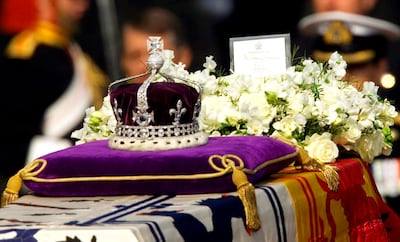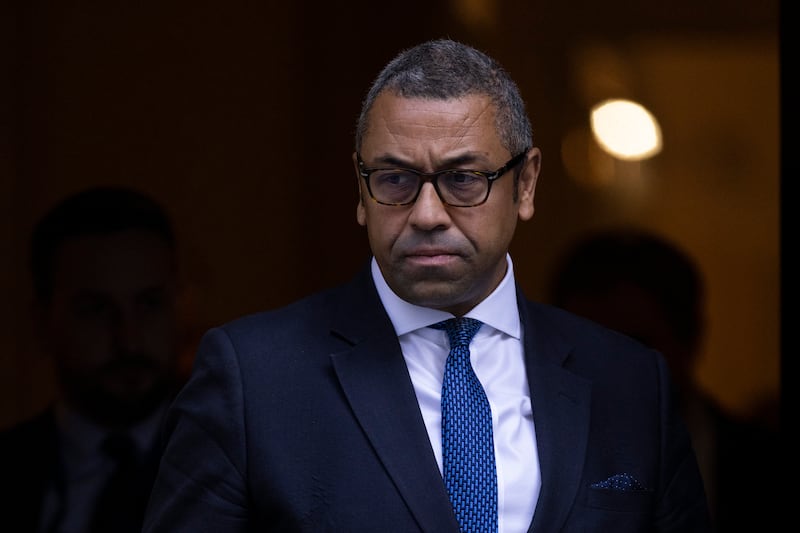Britain’s Foreign Secretary James Cleverly said he is confident a rift with India about migration can be smoothed over in time to agree a trade deal before Diwali.
Former prime minister Boris Johnson previously said he wanted to get an agreement done before the Hindu festival of lights on October 24.
But last week Home Secretary Suella Braverman said she had reservations about relaxing immigration rules, over concerns Indians accounted for the largest number of visa overstayers visiting Britain.
According to reports, the comments by Ms Braverman, whose parents are of Indian origin, infuriated the government in New Delhi, leaving the talks on the "verge of collapse".
Speaking on Sky News on Thursday morning, Mr Cleverly dismissed concerns about the relationship.
“We do have a very strong relationship with India, the people, and of course the Indian government. One of the hallmarks of a strong relationship is you can have a very straight talking conversation.
"I met with the Indian foreign minister, my opposite number, just a few weeks ago,” he said.
“We were able to talk very, very frankly. And of course we do want to have an even stronger ― and it’s strong already ― but an even stronger trading relationship with India.”
He said the point of being foreign minister was to make sure the relationship “works for both countries”.
“That’s exactly the conversation I will have when I speak with the representatives of the Indian government in the future.”
On Wednesday, a spokesman for Prime Minister Liz Truss, who helped negotiate the early stages of the deal in her former role as international trade minister, did not directly address the minister's comments.
But he told reporters that the government was still confident of securing a "high-ambition, free trade deal" by the deadline.
"There are complex negotiations ongoing across a range of issues and I don't think it'd be helpful for those negotiations to get into the details," he said.
An Indian foreign ministry spokesman said on Friday that "migration mobility is an important element" in the negotiations.
He said there had been an "understanding in this regard" and "we would expect that both sides honour it".
"We certainly are taking actions ... and we would expect the UK side to also show ... demonstrable actions on that."
Separately, the prospect of Queen Consort Camilla wearing the Koh-i-Noor diamond at next year’s coronation of King Charles III also risks causing issues with India. Mr Cleverly said it was a decision for the royal family.
“Ultimately, decisions like that are for the palace,” he said.
“What I have seen, actually, through the funeral arrangements for the late majesty, is the palace is really very good at assessing the public, and indeed the international, mood.”
A spokesman for Indian Prime Minister Narendra Modi’s political party suggested wearing the diamond, which is in her crown, could bring back “painful memories of the colonial past”.
The queen consort’s crown was originally made in 1937 for Queen Elizabeth, consort of King George VI, using many stones already in the royal collection.
It features 2,800 diamonds. The front cross holds the famous 105-carat Koh-i-Noor diamond, one of the largest cut diamonds in the world.

The origins of the diamond are not known, although there is no doubt that it was panned in India. The earliest reference appears to relate to a powerful Mughal ruler in 1628.
The stone returned to India in 1813 and become a potent symbol of power until it was acquired by Britain in 1849.
It was given to Queen Victoria in 1855 by 10-year-old Duleep Singh, last emperor of the Sikhs.
Although much has been made of the fact that it was given to Britain, critics say this was only after the mother of the heir to the Punjabi throne was held prisoner and forced to sign it away.
It became a special possession of Queen Victoria and was displayed at the 1851 Great Exhibition in London, before becoming part of the Crown Jewels, and a point of dispute between the UK and India, and several other nations, ever since.







